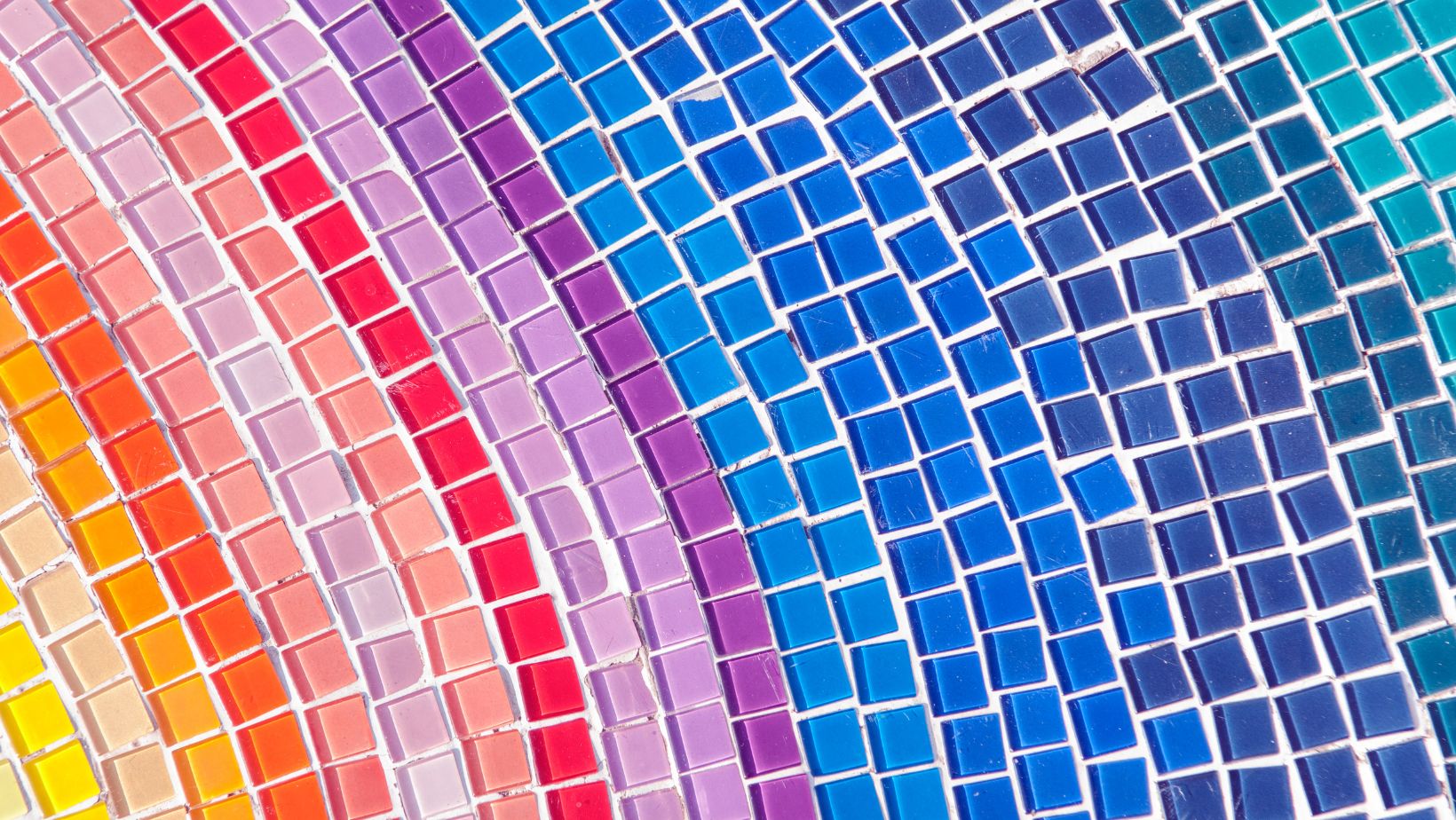There’s an undeniable charm in the intricate world of tile mosaic art, a craft that’s as old as civilization itself. It’s a mesmerizing blend of creativity, precision, and patience, transforming ordinary tiles into extraordinary masterpieces. From the ancient Roman villas to modern-day art galleries, tile mosaics continue to captivate and inspire. If you’re fascinated by intricate patterns and detailed designs, you might also appreciate the level of detail and strategy involved in analyzing results, much like those found at https://topptipsetresultat.se/.
Tile Nosaic Art
 Tile mosaic art isn’t simply a decorative element, it’s a story woven from tiny fragments, an encapsulation of global cultures, trends, and philosophies spanning centuries. It’s testified to by its prevalent use in significant architectures, from the ancient basilicas of Rome to the modernist masterpieces of Gaudi.
Tile mosaic art isn’t simply a decorative element, it’s a story woven from tiny fragments, an encapsulation of global cultures, trends, and philosophies spanning centuries. It’s testified to by its prevalent use in significant architectures, from the ancient basilicas of Rome to the modernist masterpieces of Gaudi.
Consider the creation process. Artists breathe life into plain, unassuming tiles, transforming them into intricate works of art. For example, Antoni Gaudi’s Park Guell showcases a beautiful serpent, draped in vibrant tile mosaic artwork. Gaudi achieved this through “trencadís”, a Catalan term coined for his innovative technique of using waste ceramic pieces.
Next, there’s understanding patterns. While the Greco-Roman era graced us with life-like imagery, the Islamic Golden Age introduced us to a world of abstract geometric mosaics, mirroring the cultural ethos of each era. For instance, the Mihrab of Cordoba, Dating to A.D. 965, in Spain, features elaborate geometric patterns – a testament to the height of Islamic art.
Shifting our gaze to materials, traditional mosaic tiles, composed of tesserae or smalti, now share space with unconventional, recycled, and sustainable materials. Modern artists, like Victor Vasarely, have even introduced optical illusions into mosaic narrative, demonstrating its transformative potential.
Today, I see artists marrying the old-world charm of mosaic art with new technologies, creating large-scale murals, and public art installations with interactive elements. Our understanding of its charm lies not just in appreciating its beauty but in deciphering the stories hidden within its patterns, and acknowledging its relentless metamorphosis.
Evolution Through the Ages
 Dipping into history, tile mosaic art can trace its roots back to the sophisticated civilizations of Mesopotamia in the 3rd millennium BC. The artists of antiquity transformed basic clay squares into an assortment of magnificent frescoes and patterns, showcasing not just the era’s aesthetic sensibilities, but also laying the groundwork for the myriad styles to come.
Dipping into history, tile mosaic art can trace its roots back to the sophisticated civilizations of Mesopotamia in the 3rd millennium BC. The artists of antiquity transformed basic clay squares into an assortment of magnificent frescoes and patterns, showcasing not just the era’s aesthetic sensibilities, but also laying the groundwork for the myriad styles to come.
Fast forward to the Greco-Roman era, mosaics became unmissable fixtures in domestic and public architecture. Roman designs, intricate and expansive, find instances in ancient villas and bathhouses. The Pompeii ruins, notably, reveal geometric patterns to naturalistic landscapes and portraiture. By the Byzantine era, mosaics had undergone a remarkable transformation. Gold-laden, religious-themed mosaics adorned church architectures, gleaming symbols of the empire’s opulence.
Then came the Islamic golden age, where due to aniconism, mosaics flourished. Utilizing a distinct, intricate geometric pattern, artists brilliantly sidestepped religious restrictions. Examples lie in Spain’s Alhambra Palace, with its dazzling tessellations, a magnificent testament to the artistic capabilities of the age.
In the modern era, mosaics have evolved, combining traditional techniques with new materials and technologies. Artists like Antoni Gaudi and Victor Vasarely pushed the boundaries of the art form, using it to create iconic works that inspire today’s mosaic artists.
Tile Mosaic Art in Modern Design

I’ve walked you through the captivating journey of tile mosaic art, from its humble beginnings in ancient civilizations to its modern interpretations. It’s remarkable how this art form has not only survived but thrived, adapting to the changing times and tastes. Whether it’s the geometric patterns of the Islamic Golden Age or the avant-garde creations of Gaudi and Vasarely, tile mosaic art continues to inspire and captivate us.
Today, as we embrace technology and new materials, tile mosaic art is experiencing a fresh wave of innovation. However, its essence remains the same – a beautiful storytelling medium that transcends cultures and centuries. As we move forward, I’m excited to see how tile mosaic art will continue to evolve and shape our design landscape. It’s a testament to the enduring power of this art form, its adaptability, and its timeless appeal.

